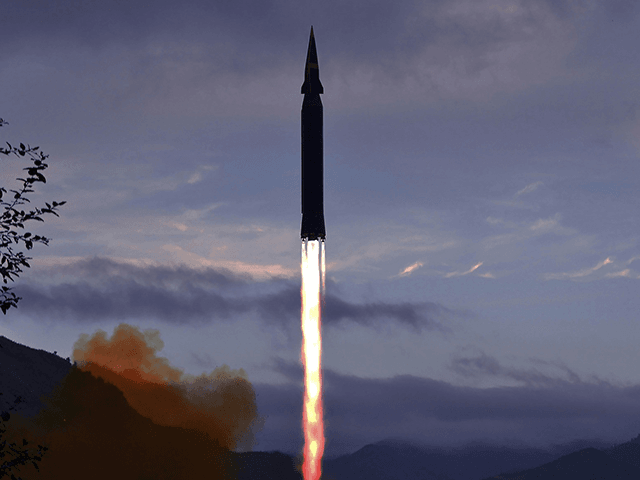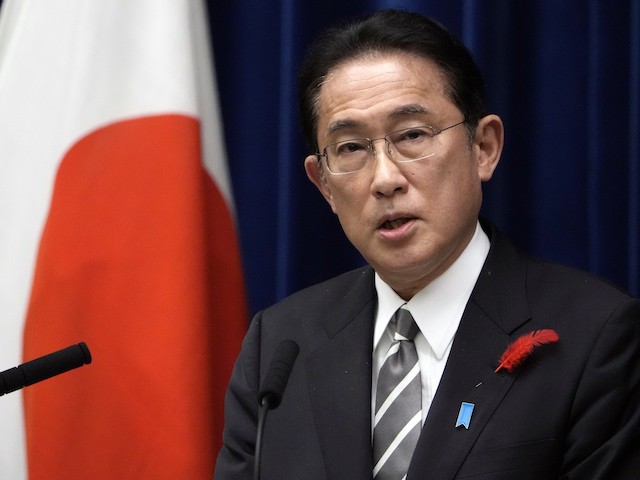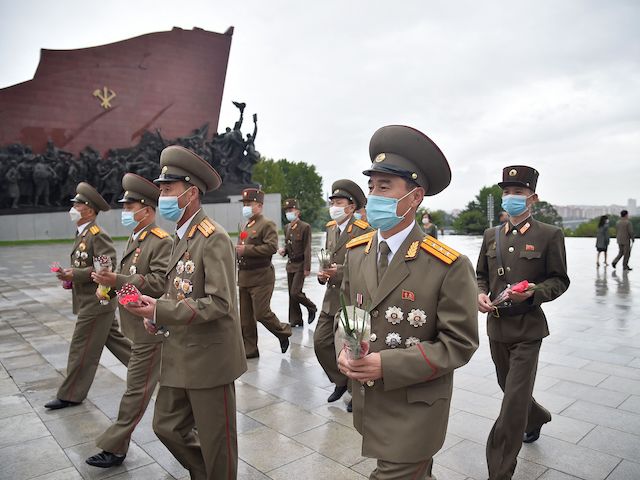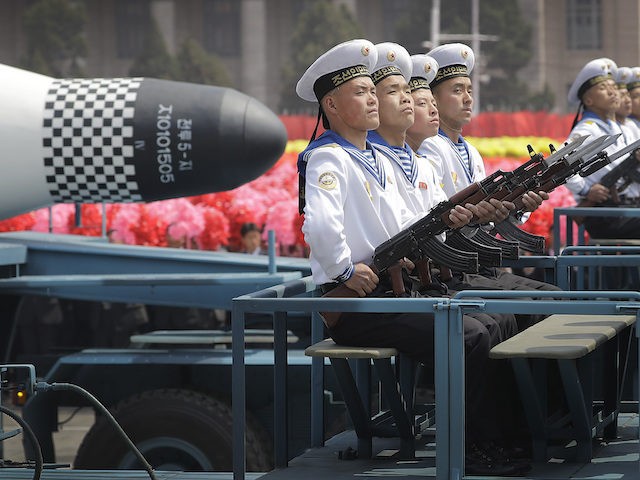North Korea conducted its latest provocative missile test on Tuesday, sending two ballistic missiles into the Sea of Japan. One of the missiles appears to have been launched offshore, possibly from a submarine.
The South Korean military said on Tuesday it believes the North successfully tested a submarine-launched ballistic missile (SLBM), launched from the vicinity of Sinpo Naval Shipyard, Pyongyang’s major submarine facility.
“The intelligence authorities of South Korea and the United States are currently conducting a thorough analysis regarding additional details on the missile,” South Korea’s Joint Chiefs of Staff told reporters.
If this analysis is correct, it would mark North Korea’s third test of an SLBM, but the first time the weapon was actually launched from a submarine. Previous SLBM tests in 2015 and 2019 were conducted from offshore barges.
A South Korean military source told Reuters the test missile might have been a smaller version of a ground-launched missile showcased during military festivities in Pyongyang last week, and the launch vehicle may have been one of North Korea’s experimental Gorae-class submarines.

This September 28, 2021, file photo provided by the North Korean government shows what North Korea claims to be a new hypersonic missile launched from Jagang Province, North Korea. (Korean Central News Agency/Korea News Service via AP, File)
The Gorae submarine has been touted by North Korean state media as a “new” addition to the arsenal of Communist tyranny, but it is actually a refurbished Cold War-era Soviet design dating back to the 1950s.
North Korea was given some of these antique submarines by China decades ago, and has been working on upgrading and modifying them – supposedly under the personal supervision of dictator and all-around genius Kim Jong-un – to handle “strategic” missile launch duties, by which North Korea means “nuclear-capable.”
South Korean military trackers said the potential SLBM fired on Tuesday flew about 280 miles into the Sea of Japan, reaching a maximum altitude of 37 miles. Japanese officials said on Tuesday they detected two missiles launched by North Korea.
Japanese Prime Minister Kishida Fumio withdrew from the campaign trail in response to the missile launch, expressing his dismay at North Korea’s latest “deeply regrettable” provocation.

Japanese Prime Minister Fumio Kishida speaks during a news conference at the prime minister’s official residence, October 14, 2021, in Tokyo. (AP Photo/Eugene Hoshiko, Pool)
“I will drastically strengthen our defense capabilities. The Kishida administration is determined to protect our land, territorial sea and air space as well as the people’s lives and assets no matter what,” Kishida said upon returning to Tokyo to manage his government’s response
Kishida, who succeeded Suga Yoshihide as prime minister earlier this month, is struggling to put together a solid parliamentary coalition for his new administration in the face of sharply declining poll numbers. He was informed of the North Korean missile test while giving his first speech of the short campaign season in Fukushima, the site of the 2011 nuclear meltdown crisis. Legislative elections will be held on October 31.
Kishida was seen as a soft-spoken dove in his early political career, but on Tuesday he said “all options” are on the table to respond to North Korean and Chinese aggression, possibly including a constitutional change long desired by his party that would allow the Japanese military to launch pre-emptive strikes. Japan’s constitution presently allows the use of force only as a response to attacks.
U.S. and South Korean officials met in Washington on Monday to discuss previous missile launches by North Korea and its refusal to abandon its nuclear missile program. Tuesday marked the beginning of South Korea’s largest-ever defense expo, the International Aerospace and Defense Exhibition (ADEX), so North Korea’s missile launch may have been timed to disrupt the event. Pyongyang also tried to upstage ADEX by holding a large, colorful, and very odd exposition of its own last week.

North Korean military officials prepare to bow as they arrive to pay their respects before the statues of late North Korean leaders Kim Il Sung and Kim Jong Il at Mansu Hill, as the country marks the 76th founding anniversary of the Workers’ Party of Korea, in Pyongyang on October 10, 2021. (Kim Won Jin/AFP via Getty Images)
The U.S. Indo-Pacific Command (USINDOPACOM) condemned North Korea’s missile launch on Tuesday and called on the dictatorship to “refrain from any further destabilizing acts.”
“While we have assessed that this event does not pose an immediate threat to U.S. personnel, territory, or that of our allies, we will continue to monitor the situation. The U.S. commitment to the defense of the ROK and Japan, remains ironclad,” USINDOPACOM said.
“The United States condemns the DPRK’s ballistic missile launch. These launches are a violation of multiple United Nations Security Council resolutions and are a threat to the region,” a U.S. State Department spokesperson told South Korean’s Yonhap news agency by email. DPRK is the North Korean government’s preferred name, the Democratic People’s Republic of Korea.

COMMENTS
Please let us know if you're having issues with commenting.